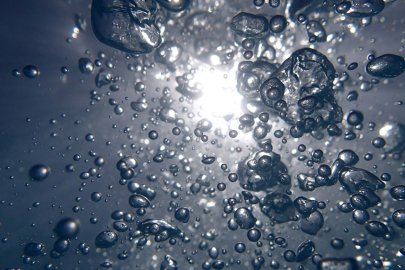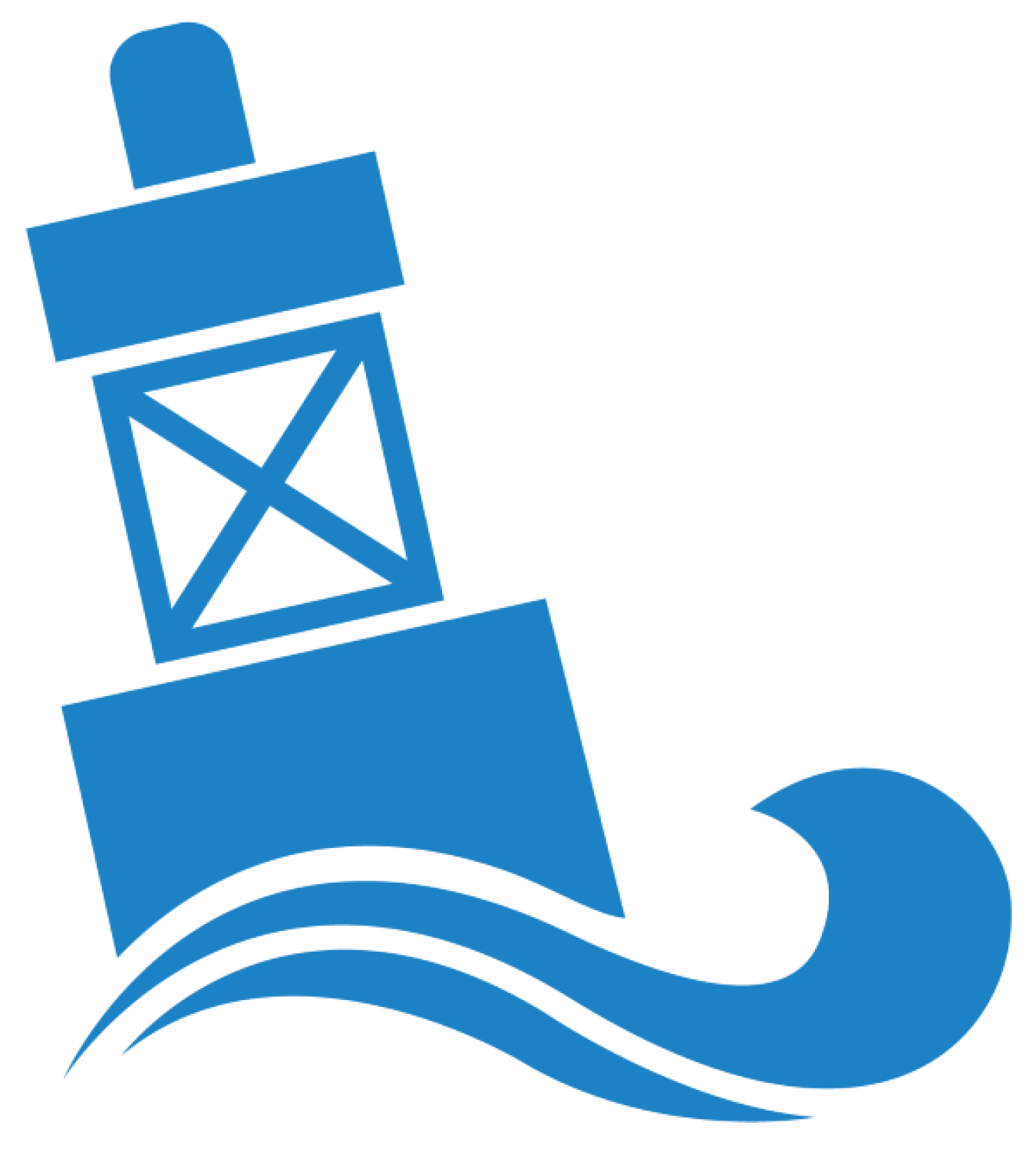National laboratory researchers explore a new laser surface modification approach for marine energy devices to reduce corrosion and biofouling.
Water Power Technologies Office
March 14, 2024Marine Energy Program
Foundational Research and Development
Project Name: Laser Surface Modification of Alloys for Low-Cost Corrosion Protection
Project Team: Pacific Northwest National Laboratory
Lead Recipient Location: Richland and Sequim, Washington

A team of Pacific Northwest National Laboratory (PNNL) researchers is investigating using a laser to modify the surface of marine energy devices to reduce corrosion and biofouling (the accumulation of plants, algae, and other microorganisms on device surfaces). Both corrosion and biofouling can disrupt marine energy devices by increasing the amount of maintenance needed, impacting the level of performance and potentially reducing equipment life spans.
To combat corrosion, some developers build devices out of a higher-quality duplex or super duplex stainless steel. However, this material is more expensive and can increase the total cost of the device. Other developers use less expensive materials but coat them with an anticorrosion paint. A drawback of the paint is that it may need to be reapplied several times throughout the life of the device, which results in higher maintenance costs and downtime while devices are taken out of operation for painting. Further, antifouling paints/coatings are typically copper-based. When these paints and coatings dissolve into the surrounding water, marine wildlife may be harmed.
The laser surface modification offers a potentially less expensive and more sustainable approach to protect devices from corrosion and biofouling. The modification was originally investigated to combat corrosion, but researchers also realized it could reduce biofouling in short-term trials. Following initial tests of laser surface modification for aluminum alloys, researchers are now analyzing how it could prevent corrosion and biofouling on aluminum and steel.
This project is a "Sapling" funded through the Water Power Technologies Office's Seedling and Sapling program, which is designed to support innovative concepts and new ideas at the U.S. Department of Energy’s national laboratories.
-
National laboratory researchers designed a potentially more comprehensive and accurate methodology to measure wave energy in the United States and around the world.
-
 A national laboratory-led team deployed a first-of-its-kind marine carbon dioxide removal in Sequim, Washington. The system, developed by Ebb Carbon, is capable of sequestering 100 tons of carbon dioxide per year.
A national laboratory-led team deployed a first-of-its-kind marine carbon dioxide removal in Sequim, Washington. The system, developed by Ebb Carbon, is capable of sequestering 100 tons of carbon dioxide per year. -
 Team develops artificial intelligence-based system that searches for optimal placement and monitors environmental effects of marine energy devices.
Team develops artificial intelligence-based system that searches for optimal placement and monitors environmental effects of marine energy devices. -
 Researchers proved that taking a co-design approach to building a wave energy converter results in a more durable, powerful, and efficient device.
Researchers proved that taking a co-design approach to building a wave energy converter results in a more durable, powerful, and efficient device. -
 National laboratory researchers explore a new laser surface modification approach for marine energy devices to reduce corrosion and biofouling.
National laboratory researchers explore a new laser surface modification approach for marine energy devices to reduce corrosion and biofouling.
WPTO's marine energy e-newsletter shares news and updates on tools, analysis, and emerging technologies to advance marine energy.
The WPTO e-newsletter brings funding opportunities, events, publications, & hydropower and marine energy updates directly to your inbox.


